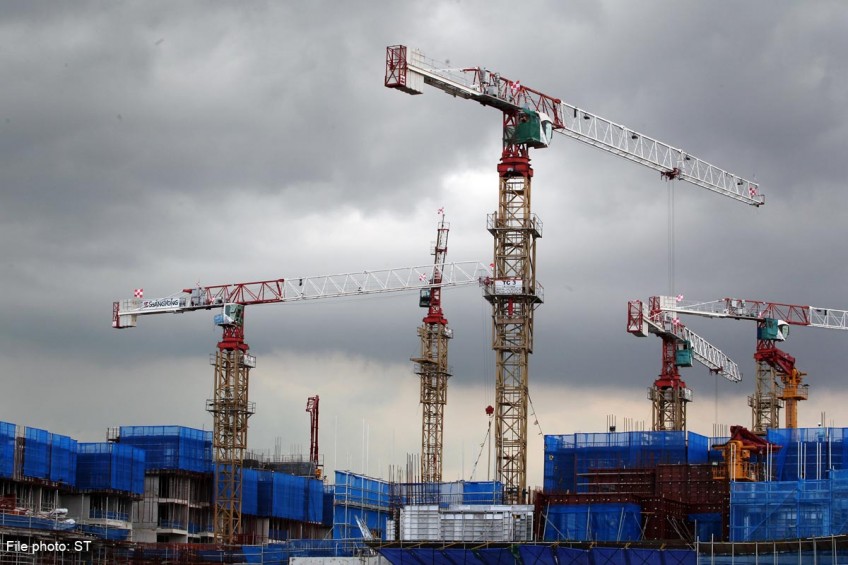New technologies to boost Ad-tech firm raises S$1m building productivity: Khaw

SINGAPORE'S government is giving the adoption of productivity- boosting building technologies a further push through a series of initiatives targeted at the laggard construction sector.
These include workshops to build up expertise in these technologies and the development of codes and guidelines for these new methods, National Development Minister Khaw Boon Wan announced in a blog post yesterday.
The Ministry of Trade and Industry's second-quarter economic survey showed that although site productivity has been improving more quickly, with growth escalating from 0.2 per cent in 2010 to 1.5 per cent in 2013, the sector still lags others.
In Q2, its labour productivity fell 2 per cent, outdone by every other industry except business services and accommodation and food. BCA said this indicator is "highly fluctuating and sensitive to construction and economic cycles".
MTI also noted that productivity gains from process improvements may take a longer time to materialise in the construction sector due to the long lag time from project design to project completion stage.
"In particular, more productive construction technologies such as Prefabricated Prefinished Volumetric Construction (PPVC) Cross-Laminated Timber (CLT) and legislation mandating more buildable designs are only applicable to new projects, and tend not to affect existing projects," it said.
Yesterday, Mr Khaw said BCA Academy, the Building & Construction Authority's education and research arm, will roll out a series of workshops and seminars to build up expertise on these new technologies in the industry to speed up their adoption.
PPVC entails manufacturing buildings or rooms - complete with internal finishes, fixtures and fittings - in factories, before transporting them to the site for a "Lego-like" installation.
CLT is a flexible and light European timber which can support heavier loads and be applied for structural and non-structural components in buildings, unlike sawn timber. CLT panels are also cut in factories, although in smaller piecemeal sizes than PPVC, before they are assembled on-site.
Both methods enable manpower and time savings of up to 50 per cent and 35 per cent respectively compared with conventional building methods, which would help to reduce the sector's reliance on construction workers.
Mr Khaw also said that BCA and the industry are working closely with Spring Singapore to develop standards on the codes and guidelines for these new technologies.
OUE has become the first property developer to adopt the PPVC technology to build a 10-storey extension building to the Crowne Plaza Changi Airport hotel, which was designed from the outset with the aim of using the new method.
"It is slightly more expensive than the traditional method but we are saving so much more time and labour, so it's worth it. We are also building at Changi Airport which doesn't have much room for a construction site or trucks, so this ensures a safer construction process with minimal disruption to road traffic in the tightly controlled airport environment," an OUE spokesperson said.
Modules for the extension will be pre-fabricated in Shanghai and shipped to Singapore for installation next year. The extension is expected to be completed in late 2015.
In the public sector, Nanyang Technological University has become the first to use the CLT technology to build its sports hall.
Some developers say these new methods can be used only for "boring, square, fixed-shape" designs, which make them suitable only for hotel rooms, dormitories, schools, but not so much "fancier" buildings like shopping malls.
But BCA disagreed, citing successful overseas examples with less regular - albeit not exactly flamboyant - designs such as a 19-storey dormitory in Wembley, London, and another residence with 65 studio apartments in Brooklyn, New York.
leemx@sph.com.sg
@LeeMeixianBT


Get The Business Times for more stories.